Copper tubing is a commonly used material but many people don’t know about its varied applications and how it can help different industries.
Today we will see what copper tubing is mainly used for. This will help you gain knowledge about its flexibility and capability in different fields like plumbing, refrigeration and many more.
What is Copper Tubing?
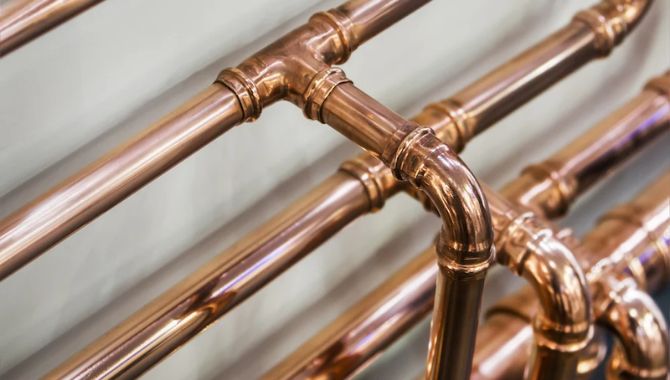
Copper tubing is a cylindrical pipe made from high-purity (99.9% Cu) copper. It has great corrosion resistance and thermal conductivity (401 W/m·K). Usually 6mm to 108mm in diameter, copper tubes follow strict ASTM B88 standards. You will find a variety of wall thicknesses from Type M (thin) to Type K (thick). Each variety is suited for particular pressure ratings and uses.
| Property | Value/Description |
| Material Composition | 99.9% pure copper |
| Thermal Conductivity | 401 W/m·K |
| Common Diameter Range | 6mm to 108mm |
| Manufacturing Standard | ASTM B88 |
| Wall Thickness Types | Type M (thin) to Type K (thick) |
| Corrosion Resistance | Excellent |
| Antimicrobial Properties | 99.9% bacteria reduction within 2 hours |
| Typical Applications | Plumbing, HVAC, Refrigeration, Industrial |
| Pressure Handling (Type L, 1/2″) | Up to 655 psi |
| Lifespan in Residential Plumbing | 50+ years |
| Recyclability | Highly recyclable without property degradation |
Applications of Copper Tubing
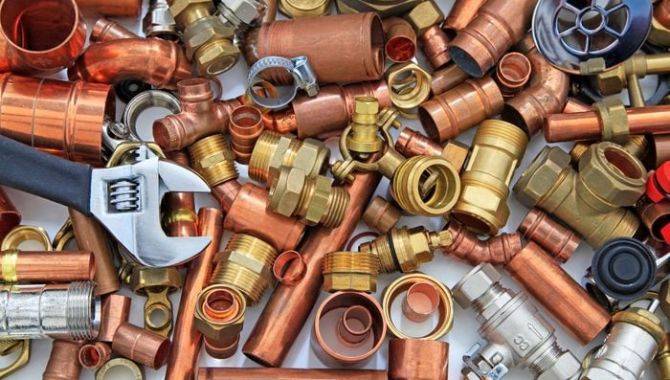
Copper tubing’s versatility spans many industries. Let see its main operations, starting with plumbing.
Plumbing Applications
Copper tubing is heavily used in plumbing due to corrosion resistance, durability, and easy installation. Here are important areas where you will find copper tubes in plumbing systems:
Potable Water Distribution
Copper tubes are broadly used in commercial and residential drinkable water systems. Copper’s antimicrobial properties (99.9% bacteria reduction within 2 hours) make it best for safe water transport. Type L copper with a wall thickness of 0.040 inches for 1/2″ diameter is mostly used because of its balance of cost-effectiveness and durability.
Heating Systems
In hydronic heating systems, copper’s thermal conductivity (401 W/m·K) means the best heat transfer. You will find it in radiant floor heating where 3/8″ or 1/2″ PEX-AL-PEX copper tubing is preferred for its heat distribution abilities and flexibility.
Waste and Vent Systems
While less common, copper tubing (Type DWV) is used in some waste and vent piping systems. Its smooth interior (roughness factor of 0.000005 ft.) decreases the risk of clogs and permits waste removal. The chemical resistance of copper makes it a better choice than traditional cast iron pipes in areas with corrosive waste.
Copper tubing performs an important role in HVAC and refrigeration systems. Its special properties make it important in these situations.
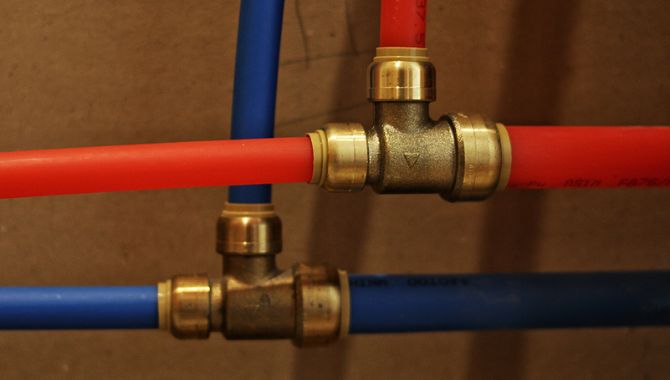
HVAC and Refrigeration
Copper has great heat conductivity and can handle pressure well. That makes it the best material for HVAC and refrigeration systems. Let us look at its particular uses:
Refrigerant Lines
In air conditioning and refrigeration systems, copper tubes are used for refrigerant lines. ACR (Air Conditioning and Refrigeration) copper tubing has high purity (99.9% Cu) and a dehydrated interior which is perfect for handling refrigerants.
It comes in sizes from 1/4” to 4-1/8” OD with wall thickness from 0.025” to 0.134”. Its ability to handle pressures up to 2500 psi and low reactivity with refrigerants makes it better than alternatives.
Heat Exchange and Condensation
Copper’s thermal conductivity (401 W/m⋅K) makes it outstanding for heat exchangers in HVAC systems. In evaporators and condensers, you will mostly see copper tubes with high surfaces (e.g. inner grooves or outer fins) to increase heat transfer proficiency by up to 200%.
These tubes, usually 3/8” to 5/8” in diameter can handle heat fluxes of 30,000-40,000 W/m2 and are way better than other materials in compact heat exchanger designs.
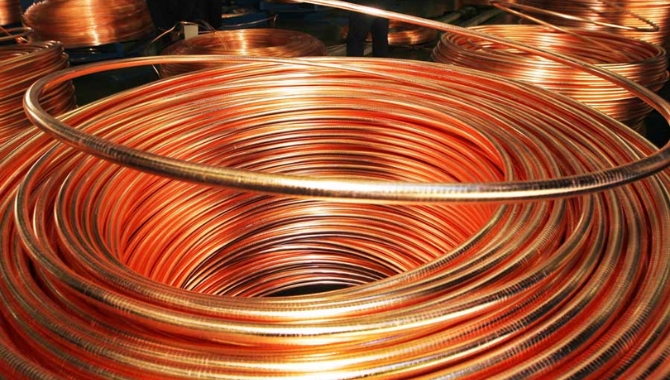
Industrial and Commercial Applications
Copper tubes have many commercial and industrial operations like fuel and gas delivery, solar power systems and fire sprinkler systems. Let us look into them one by one.
Gas and Fuel Distribution
In commercial and residential gas systems, copper tubing is the best choice for transporting natural gas and propane. Type K copper tubing with a 0.049” wall thickness for 1/2” diameter provides high dependability and safety.
Its corrosion protection and leak-tight joints assure 99.9% leak-free performance for over 50 years. You will find it withstanding pressures up to 655 psi which makes it perfect for low-pressure gas systems (0.25-60 psi).
Fire Sprinkler Systems
Copper tubing performs an important role in fire suppression systems. NFPA 13-approved Type M copper with a 0.028” wall thickness for 1” diameter which provides fire-related corrosion resistance and durability.
Its smooth interior (C factor of 150) decreases friction loss by up to 40% compared to steel pipes which permits better water flow. You will see it handling pressures up to 175 psi with a safety factor of 3 in high-rise buildings.
Solar Energy Systems
Copper tubes are particularly good at heating water in solar thermal systems. Type L copper usually 3/8″ to 1″ in diameter, is used in collectors and heat exchangers. Its thermal conductivity (401 W/m·K) secures 95% energy transfer proficiency. Copper tubes maintain its performance for more than 30 years in outdoor solar setups with UV resistance and the ability to handle temperatures up to 400°F.
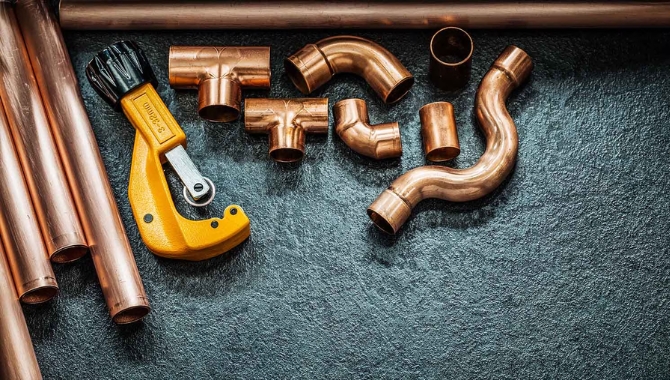
Environmental and Sustainability Considerations
As sustainability becomes more crucial, copper tubing’s environmental attributes gain importance. Let us check out its eco-friendly features:
Recycling of Copper Tubing
Copper sets itself apart as a highly recyclable material which makes it an environmentally responsible choice for tubing applications. Recycling copper tubes takes way less energy compared to primary production which decreases environmental impact and saves natural resources.
Recycled copper is used in different situations from new plumbing systems to electrical parts which maintain its quality through multiple recycling cycles without losing properties.
Longevity and Lifecycle
Copper tubes have extraordinary durability which means long lifespans for multiple operations. In residential plumbing systems, copper pipes can work for over 50 years. In industrial settings, they usually go beyond 100 years of service. This longevity means less replacement which reduces waste and resource use.
Copper tube’s cost-effectiveness gets clear over time. This is due to its low maintenance needs and corrosion resistance (less than 0.0254 mm/year) which cut lifecycle costs a lot. You will find the long-term performance of copper tubing particularly good for big infrastructure projects where sustainability and reliability matter.
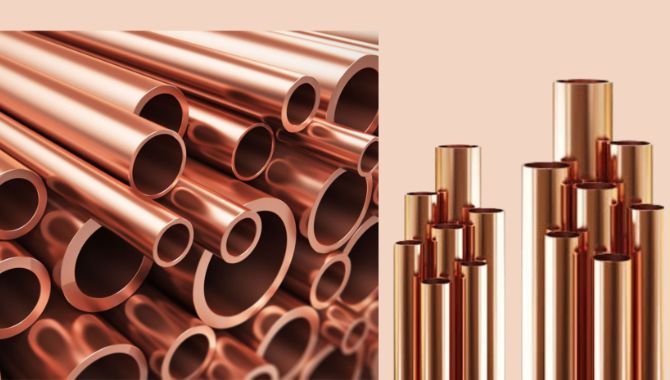
Copper Tubing in Emerging Technologies
As technology gains ground, copper tubes keep finding new situations that adapt to meet changing industry requirements.
Renewable Energy Applications
Copper tubing performs an important role in geothermal heat pump systems. This is due to its thermal conductivity (401 W/m·K) which guarantees best heat transfer. Here, you will find copper tubes with diameters ranging from 3/4″ to 2″ and can handle pressures up to 400 psi.
Copper’s flexibility for new technologies shows in solar thermal systems where its durability permits creative designs like evacuated tube collectors. The material’s malleability (40-50% elongation) permits complex shapes needed for advanced renewable energy solutions.
Innovations in Plumbing and HVAC
There have been some recent improvements that introduced copper alloys and coatings to increase performance. Antimicrobial copper alloys containing elements like 1-2% tin, can decrease bacterial growth by 1000 times as compared to regular copper.
In HVAC you will see copper tubes with internal microgrooves which increase heat transfer coefficients by 80-100 W/m2·K. Looking forward, copper tubing has a big role in green buildings and smart homes. Its compatibility with IoT sensors (low electrical resistance of 1.68 μΩ·cm) makes it an important part of energy-efficient HVAC controls and water management systems.
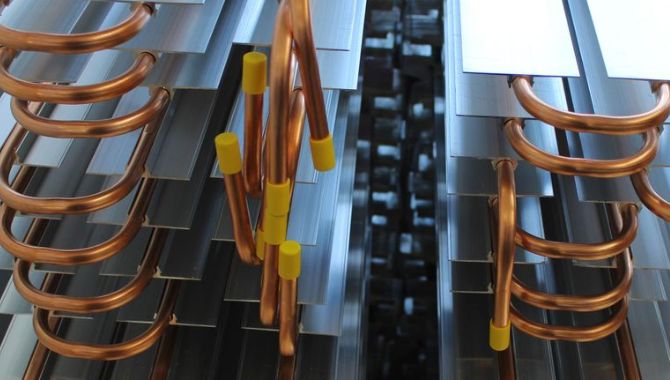
Conclusion
Copper tube’s strength, flexibility, and eco-friendly qualities make it indispensable across industries. From plumbing and HVAC to renewable power and new technologies, copper tubing keeps proving its value. Its recyclability, longevity and ability to adapt to new situations guarantee it is relevant in our sustainable future.
Want to use the power copper tubing for your project? Contact KDM Fabrication today for high-quality copper tubing solutions that fit your needs.




